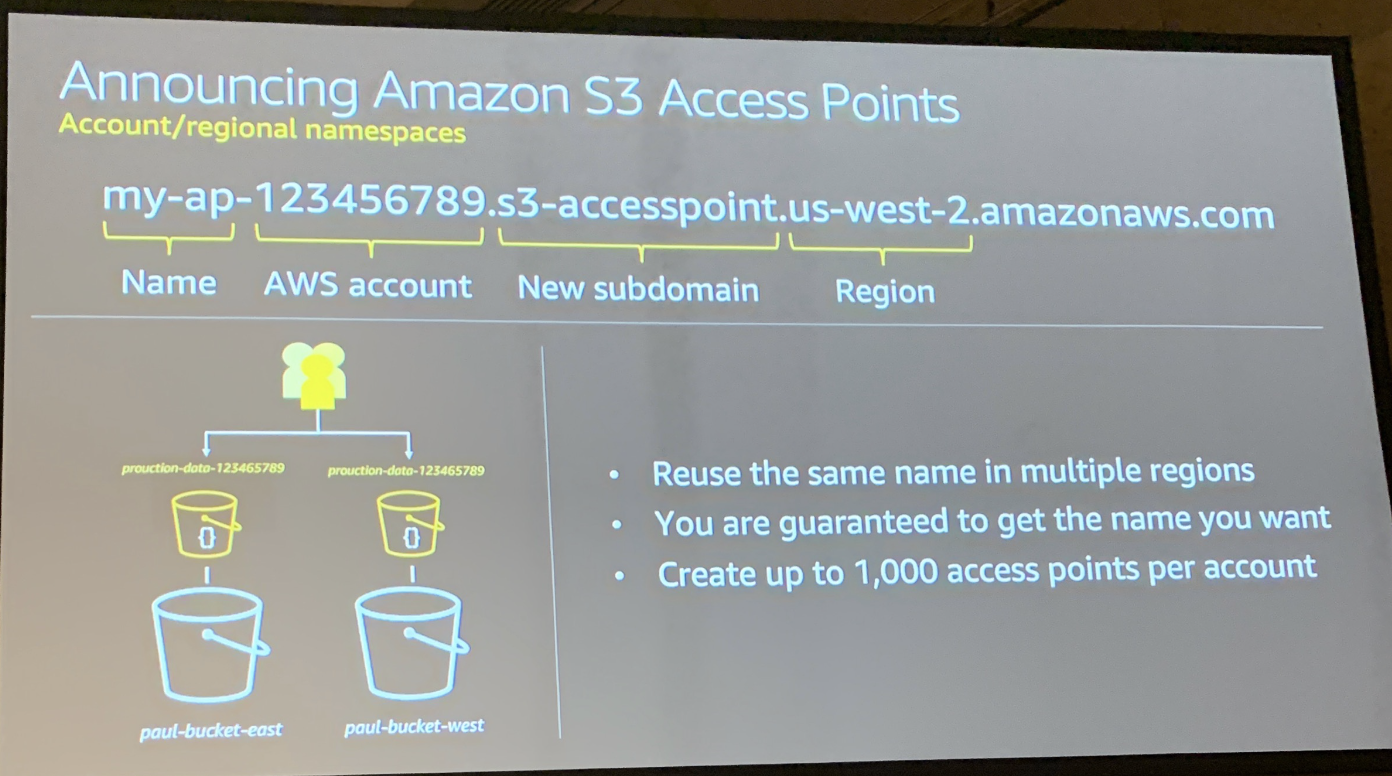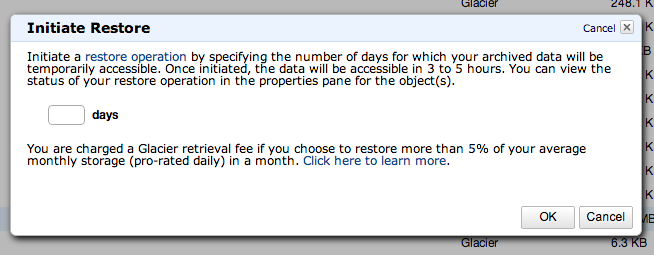

Retrieving archives from Amazon Glacier requires the initiation of a job. An archive can represent a single file or you may choose to combine several files to be uploaded as a single archive.

You store data in Amazon Glacier as archives.Low cost – Amazon Glacier is an extremely low-cost, pay-as-you-go storage service that can cost as little as $0.01 per gigabyte per month.The cookie is set by the GDPR Cookie Consent plugin and is used to store whether or not user has consented to the use of cookies. The cookie is used to store the user consent for the cookies in the category "Performance". This cookie is set by GDPR Cookie Consent plugin. The cookie is used to store the user consent for the cookies in the category "Other. The cookies is used to store the user consent for the cookies in the category "Necessary".

The cookie is set by GDPR cookie consent to record the user consent for the cookies in the category "Functional". The cookie is used to store the user consent for the cookies in the category "Analytics". These cookies ensure basic functionalities and security features of the website, anonymously. Necessary cookies are absolutely essential for the website to function properly. Why is cross-region recovery important?.This strategy typically delivers cost benefits, but recovery can come with some added latency. Whereas failover copies are structured the same way as production data, backup copies are stored more efficiently and must be restored to the production environment to be used. Backup is specific to data that resides in storage services, databases, and applications. S3 replication can be used as part of a DR strategy for infrastructure failures, but because a replica is a live or versioned copy of the primary data, it does not allow you to roll back to a usable state in case of a mass encryption event like ransomware or deletions, corruptions, or overwrites that have been neglected for more than 30 days.These situations need a point in time backup.īackup is a crucial element of a disaster recovery strategy. Disaster recovery for S3 is a strategy and process that entails restoring applications relying on S3 data in the event of a significant disruption like a regional outage, natural disaster, or other large-scale failure.ĭR strategies vary in line with companies’ needs and SLAs, but can include fully redundant systems for immediate failover, and often include backup as an element.


 0 kommentar(er)
0 kommentar(er)
